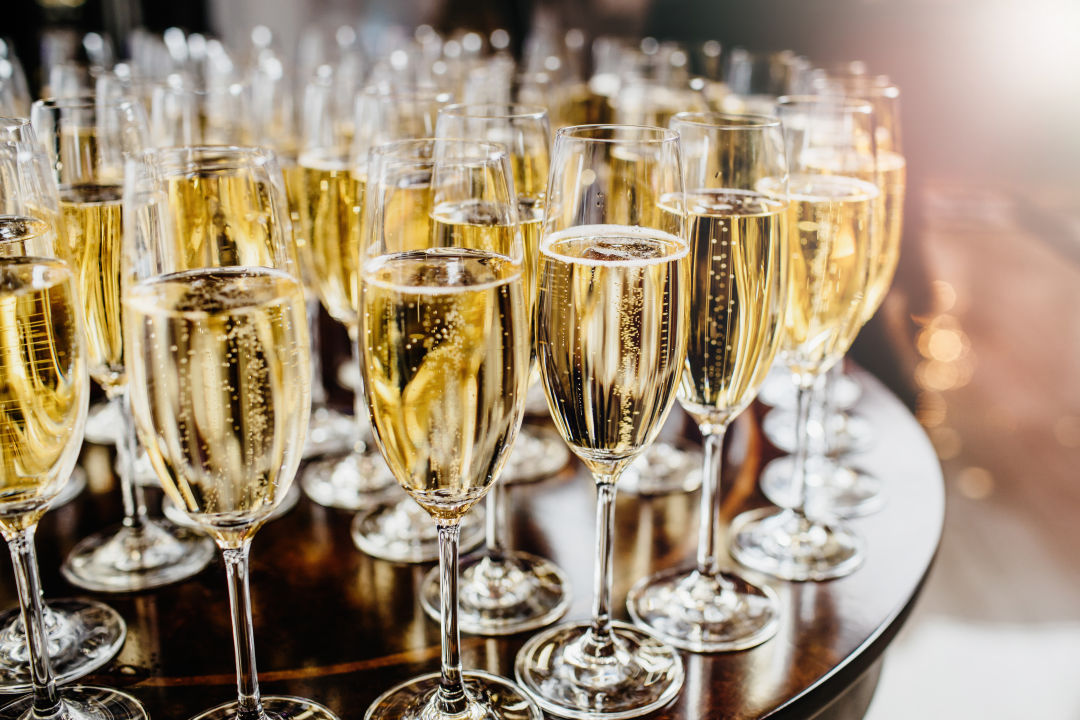Say Goodbye to 2022 With a Glass of Quality Champagne

On New Year’s Eve, the world will celebrate with Champagne. According to experts, more than 360 million glasses will be served.
There is no wine more associated with New Year’s than Champagne. Whether you’re glad the year is over or find hope in the New Year, nothing will lift your spirits like it.
Not all sparkling wine is Champagne. There are many fine sparkling wines, such as prosecco from Italy, cava from Spain and cremants from France. However, by international agreement, only wines made in the Champagne region of France are allowed to use the Champagne designation. That said, numerous Champagne producers, such as Roederer, Mumm and Moët & Chandon, now have extensive sparkling wine operations in California.
Originally created by the monk Dom Perignon in the 17th century, Champagne's scarcity and uniqueness made it a favorite of nobility. Napoleon Bonaparte was quoted as saying, “I drink Champagne when I win to celebrate [...] and I drink Champagne when I lose to console myself.” His troops initiated a practice of cleanly severing the tops of the bottles with their sabers.
More than any other beverage, Champagne is associated with celebration, victory and success. When served to guests, it sets a festive mood. Since most Champagne is relegated to special occasions, the rarity of it being offered at other times creates an impressive atmosphere.
Champagne is usually made from three grapes: Chardonnay, pinot noir and pinot meunier. The blend of the three varietals determines the house style. If produced only with Chardonnay, it’s called blanc de blanc. A sugar solution is introduced to the still wine and the resulting secondary fermentation produces the bubbles.
Top producers include Bollinger (James Bond’s favorite), Moet & Chandon (most popular), Louis Roederer's Cristal (a celebrity favorite) and Krug (expensive). I recently enjoyed Lanson's Le Black Label Brut, which I found to be bright and citrusy and well balanced, with a refreshing effervescence—and a bargain at $44.99.
Champagne and sparkling wines are non-vintage, so there is little difference from year to year, but vintage Champagne can be very costly. The style of wine varies from brut (very dry) to extra dry (actually somewhat sweet) to demi-sec (sweeter). Also, Champagne is the one wine that really needs its own glass. The saucer type was prevalent for many years, but now the flute or tulip glass is de rigeur. Not only does it show the wine better, but the shape enhances the stream of bubbles.


